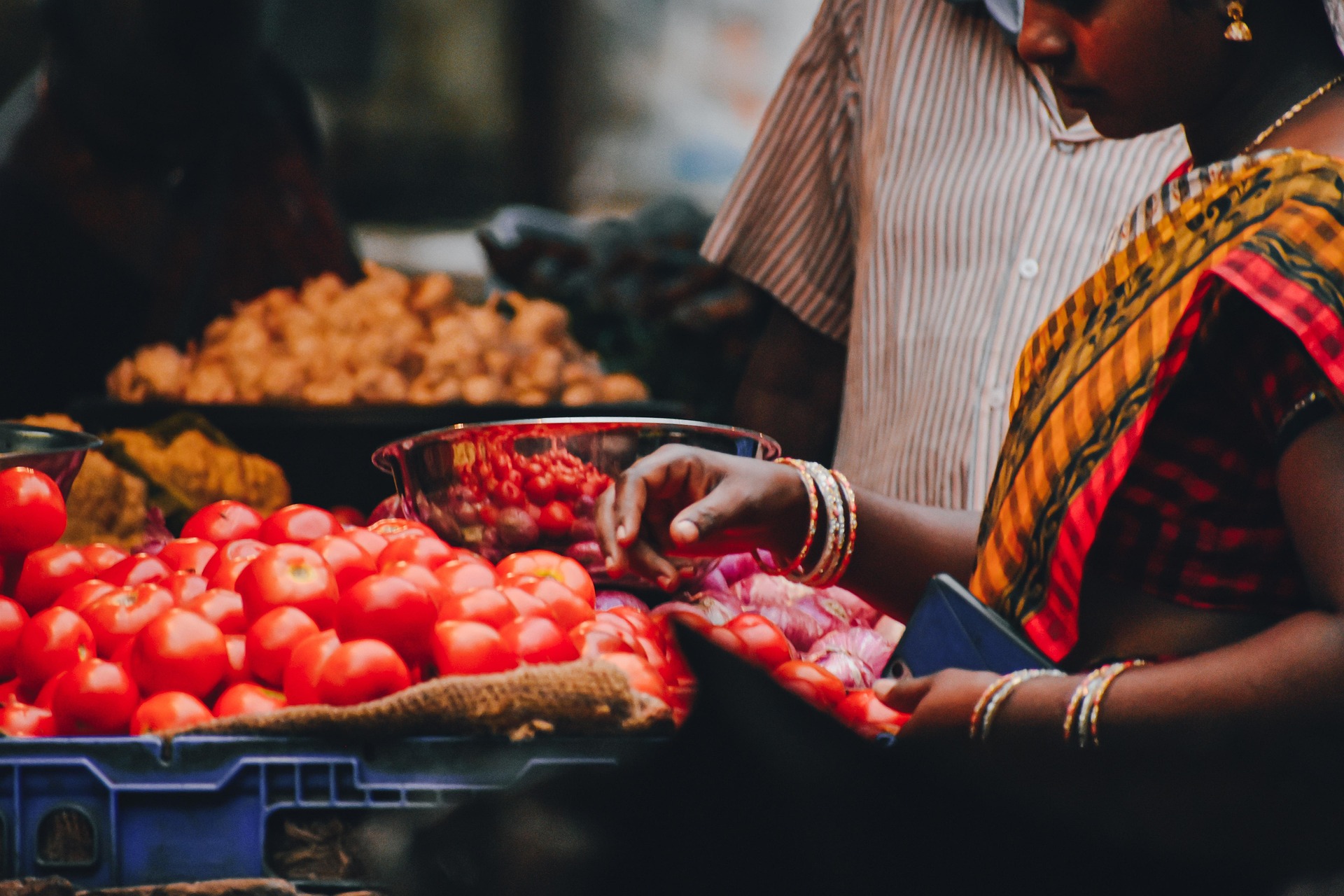June Inflation Drops to 6-Year Low :India’s retail inflation fell to 2.10% in June 2025, the lowest since January 2019. A sharp decline in food prices led to negative food inflation at -1.06%, with rural and urban sectors both witnessing easing price pressures. Get the full breakdown across sectors and states.
India’s June Inflation Drops to 6-Year Low at 2.10% Amid Food Price Crash
India’s retail June inflation recorded a sharp and welcome decline, marking its lowest level since January 2019. The year-on-year inflation rate based on the All India Consumer Price Index (CPI) stood at 2.10 percent provisionally, compared to 2.82 percent in May 2025. This 72 basis points drop is largely attributed to a favorable base effect and a widespread reduction in prices of essential food items.
Food inflation, as measured by the Consumer Food Price Index (CFPI), registered a negative growth of -1.06 percent in June 2025 over the same month last year. This is a significant development considering the positive inflation recorded in May 2025.

June Inflation drops followed by the food price drop have been led by considerable declines in categories such as vegetables, pulses and related products, meat and fish, cereals and cereal-based items, sugar and confectionery, milk and milk products, and spices. These declines played a major role in pushing overall inflation lower.
Further, June Inflation drops. In rural areas, the impact of this downward trend was clearly visible. Headline inflation in rural regions came down to 1.72 percent in June 2025 from 2.59 percent in May. Rural food inflation also moved into negative territory, dropping to -0.92 percent from 0.95 percent in May. This suggests that the price relief was not limited to urban centers but was experienced widely across the countryside as well.
Main pt in June Inflation is Urban inflation and this is also saw notable easing. Headline inflation in urban areas reduced to 2.56 percent in June 2025 from 3.12 percent in May. Food inflation in urban regions showed an even steeper fall, moving from 1.01 percent in May to -1.22 percent in June. The combined effect of lower food prices across urban and rural regions contributed significantly to the overall fall in CPI-based inflation for the country.
While most categories showed a decline or stabilization, certain core segments continued to show upward movement. Housing inflation for urban areas rose slightly to 3.24 percent in June from 3.16 percent in May. Education inflation saw a marginal increase as well, moving up to 4.37 percent in June compared to 4.12 percent the previous month.

Health-related inflation also ticked up marginally from 4.34 percent in May to 4.43 percent in June. These increases suggest that while food-driven inflation has moderated, service sectors like education and health continue to remain on the costlier side.
Transport and communication inflation was recorded at 3.90 percent in June 2025, a slight increase from 3.85 percent in May. Meanwhile, fuel and light inflation dropped to 2.55 percent in June from 2.84 percent in May, offering some relief to consumers battling rising utility costs in earlier months.
On a state-level basis, the top five major states with high year-on-year inflation for the month of June 2025 were Kerala, Punjab, Jammu and Kashmir, Uttarakhand, and Haryana. Among them, Kerala recorded the highest inflation rate at 6.71 percent, followed by Punjab at 4.67 percent and Jammu and Kashmir at 4.38 percent.
Uttarakhand and Haryana registered 3.40 percent and 3.10 percent respectively. These states, all with populations over 50 lakhs as per Census 2011, showed higher-than-average inflation and warrant closer attention for state-level policy interventions.
Overall, the inflation data for June 2025 brings positive news for households and policymakers alike. The sharp drop in food inflation and headline CPI suggests that inflationary pressures are easing, at least temporarily. However, the continued rise in essential service categories such as education, health, and housing indicates that the government will need to maintain a balanced approach in its inflation management strategy.
The outlook for the coming months will depend on how monsoon conditions evolve and how global commodity prices behave, but for now, the June inflation numbers offer much-needed respite.
Disclaimer:
The information presented in this article about June Inflation is based on provisional data from official sources as of June 2025. Figures and analyses are intended for informational and journalistic purposes only. Readers are advised to refer to final government releases or consult economic experts before drawing conclusions or making financial decisions based on this data.

